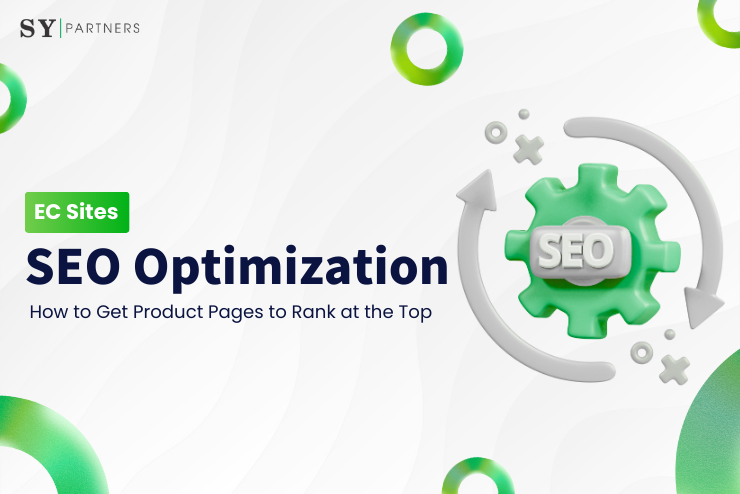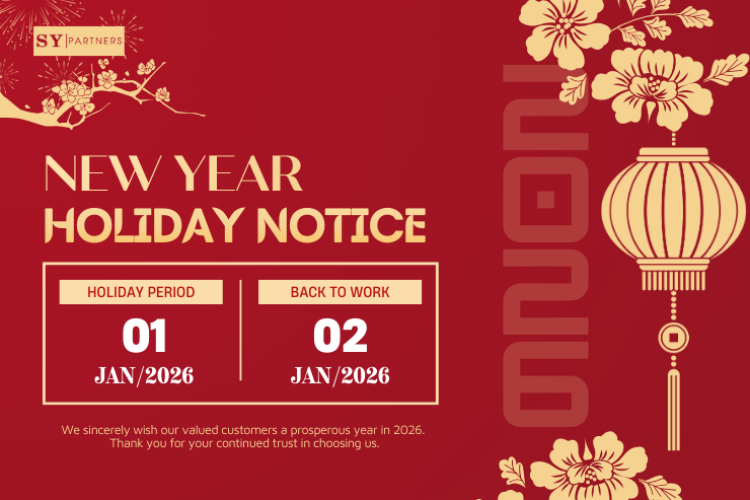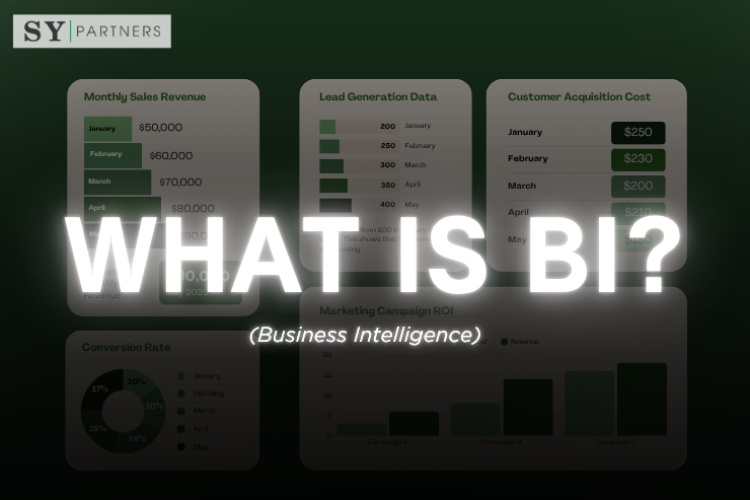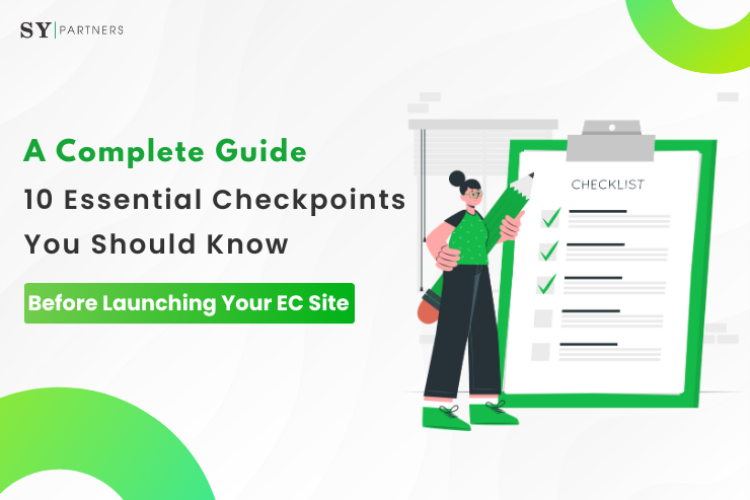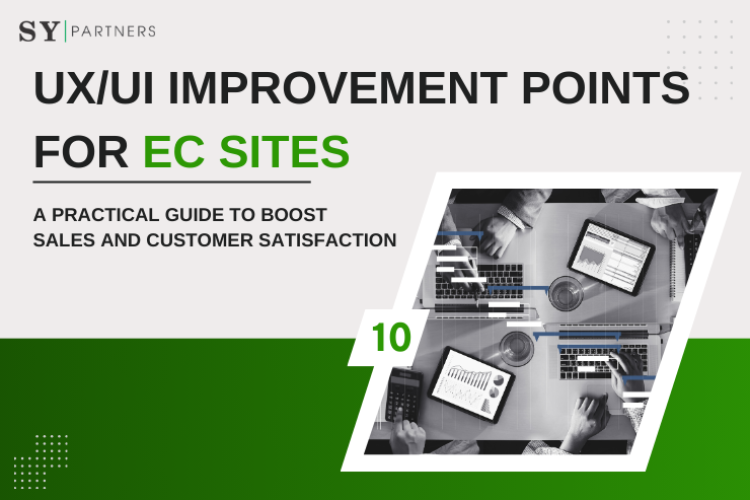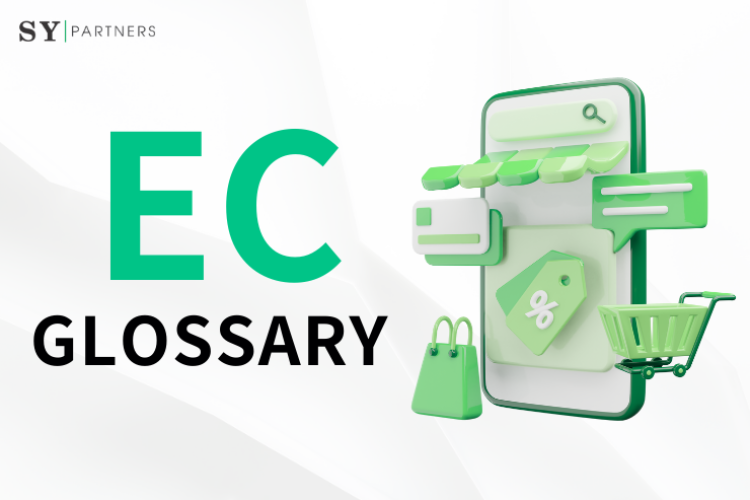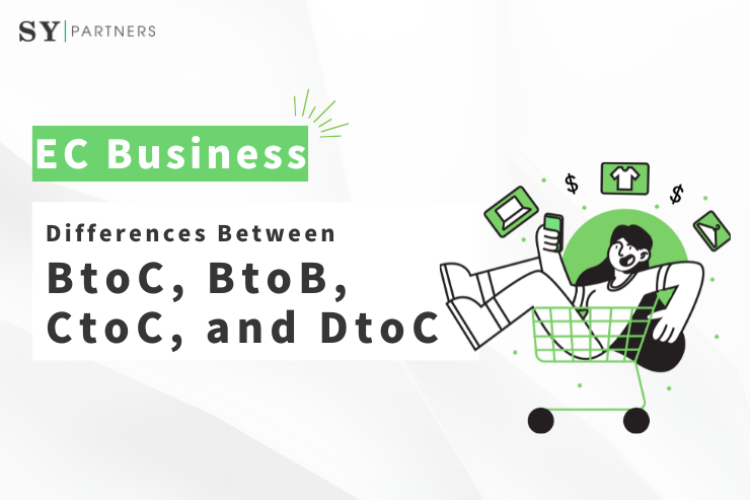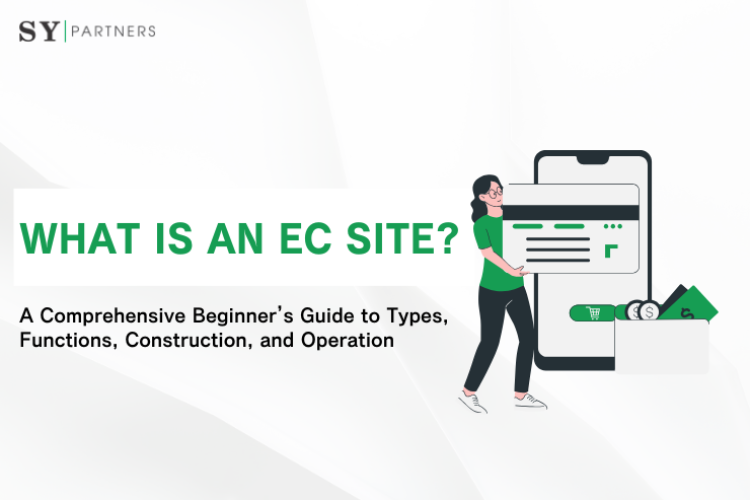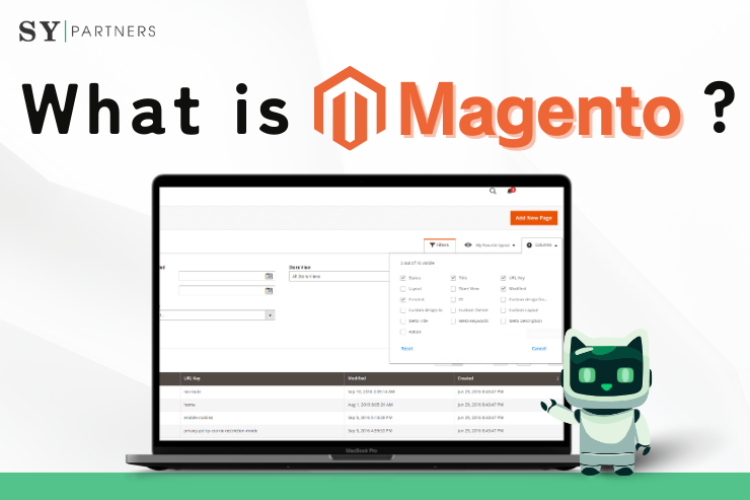SEO Optimization for E-commerce Sites: How to Get Product Pages to Rank at the Top
Product pages on an e-commerce site are the core of online sales, and high rankings in search engines directly affect both traffic and conversions. SEO (Search Engine Optimization) is the strategy that gets your product pages to appear at the top of search results and reach potential customers. E-commerce SEO must account for product variety, inventory fluctuations, and user-behavior analysis, which requires a different approach from SEO for general websites.
This article explains—in detail and specifically for e-commerce product pages—how to optimize SEO from the perspectives of keyword strategy, content optimization, technical SEO, user experience, internal linking strategy, data analysis, accessibility, external links and social media utilization, and conversion optimization. It provides knowledge that beginners through intermediates can use to understand e-commerce SEO and apply it to real operations. Information is organized with tables and presented in a logical, easy-to-read structure. If you want to raise your product pages’ rankings and increase sales, read on to the end.
1. What Is SEO?
SEO (Search Engine Optimization) is a collective term for technical and content measures that make web pages rank higher on search engines like Google and Bing. When a page ranks highly, more users visit and conversions such as inquiries and purchases increase. It’s important to optimize keywords, content, and site structure so search engines can correctly evaluate page content and relevance.
SEO mainly consists of three pillars: keyword optimization, technical SEO, and improvements to user experience (UX). For example, if you aim to rank highly for the search keyword “ladies’ jacket,” the page title, description, images, etc. must align with search intent, and the overall site structure must be easy for search engines to understand. This leads to higher rankings and maximized business outcomes.
2. Building a Keyword Strategy
A keyword strategy is the foundation of e-commerce SEO and the key to helping product pages reach target users. By choosing appropriate keywords and placing them strategically, you can improve visibility in search engines.
2.1 Keyword Research
Keyword research is the process of understanding user search intent and selecting the most suitable keywords for product pages. The main steps in keyword research are summarized in the table below.
| Step | Details |
|---|---|
| Identify search intent | Analyze user needs (informational queries, purchase intent, comparisons, etc.). |
| Use tools | Investigate search volume and competition with Google Keyword Planner, Ahrefs, Semrush. |
| Long-tail keywords | Prioritize specific keywords (e.g., “ladies black jacket waterproof”). |
| Competitor analysis | Analyze competitors’ keyword strategies and identify gaps. |
| Seasonal keywords | Identify keywords that vary by season or trend (e.g., “winter jacket”). |
Long-tail keywords are well-suited to e-commerce because they are less competitive and attract users with higher purchase intent. Leveraging seasonal keywords can maximize traffic at specific times (e.g., winter sales). Through keyword research, clarify the target keywords for each product page.
2.2 Keyword Placement
Placing keywords effectively makes it easier for search engines to understand page relevance. The key points for placement are summarized below.
| Placement | Details |
|---|---|
| Title tag | Place the primary keyword toward the front (e.g., “ladies jacket |
| Meta description | Write a compelling, informative description that includes the keyword and encourages clicks. |
| H1 tag | Naturally include the product name and primary keyword. |
| Product description | Weave in keywords naturally and answer user questions. |
| URL structure | Use a simple URL with keywords (e.g., /ladies-jacket/black-waterproof). |
| Image alt text | Add descriptions with keywords to strengthen image search. |
Overusing keywords risks penalties from search engines, so prioritize natural, readable content. Meta descriptions should be designed to boost click-through rates by being both appealing and informative. Image alt text not only communicates visual elements to search engines but also improves accessibility.
3. Optimizing Product Page Content
Product page content is a crucial element that both stimulates purchase intent and conveys page value to search engines. The main points of content optimization are organized in the table below.
Product descriptions should not be mere lists of specifications; they must provide information tailored to user needs. For a ladies’ jacket, describing waterproof performance, size selection guidance, and styling examples helps reduce user anxiety.
Attach appropriate alt text to high-quality images to strengthen visibility in image search. Using structured data allows rich snippets (price, stock status) to appear in search results, increasing click-through rates. Comparison tables make it easier for users to compare similar products and raise purchase intent.
3.1 User-Centered Content Design
Content should be designed based on user search intent and behavior patterns. Key points for user-centered design are summarized below.
| Point | Details |
|---|---|
| Reflect search intent | Prioritize information users want (e.g., sizing, materials, return policy). |
| Concise writing | Avoid redundancy and convey essential information succinctly. |
| Visual support | Use images and video to supplement product appeal and promote intuitive understanding. |
| Strengthen credibility | Include brand story and certifications to build trust. |
Content that meets user search intent improves dwell time and conversion rates. Combining concise descriptions with visual support streamlines information processing and smooths the purchase process.
3.2 Continuous Content Improvement and A/B Testing
Product page content is not “set and forget.” It should be continually improved based on user behavior data and market trends. The points for improvement and validation are summarized below.
| Point | Details |
|---|---|
| Analytics | Use Google Analytics and heatmaps to understand viewing and click patterns. |
| Measure conversion rate | Regularly analyze purchase rate and add-to-cart rate. |
| Run A/B tests | Compare and validate product descriptions and the wording/colors of CTA buttons. |
| Seasonal & event alignment | Update content for seasonal products and campaigns. |
| Regularly update reviews | Publish new reviews to maintain freshness and credibility. |
Continuous improvement positively impacts both user engagement and SEO. Especially with A/B testing, adopt changes that improve purchase rate and dwell time to enable optimization that directly increases sales. Seasonal and event-aligned appeals are effective in acquiring both repeat and new customers.
4. Optimizing Technical SEO
Technical SEO is a set of measures that make it easier for search engines to crawl and index product pages. The main points of technical SEO are summarized in the table below.
Technical SEO Optimization
| Point | Details |
|---|---|
| Page speed | Improve load time via image compression, caching, and a CDN (e.g., Cloudflare). |
| Mobile optimization | Adopt responsive design and ensure mobile display and operability. |
| URL structure | Keep it simple and include keywords (e.g., /ladies-jacket/black-waterproof). |
| XML sitemap | Include product pages in the sitemap to encourage crawling. |
| Canonical tag | Prevent duplicate content (e.g., similar product pages). |
| Error page management | Monitor 404s and use redirects (301) to guide users to appropriate pages. |
Use Google PageSpeed Insights to identify issues and convert images to WebP to shorten load time. For mobile optimization, leverage Google’s Mobile-Friendly Test to optimize the mobile user experience. For error management, use Google Search Console to identify 404 errors and set appropriate redirects to preserve both UX and SEO.
4.1 Optimizing Site Structure
Site structure must be easy to understand for both search engines and users. Optimization points are summarized below.
| Point | Details |
|---|---|
| Hierarchical structure | Clearly organize categories, subcategories, and product pages. |
| Breadcrumbs | Clarify the user’s current location and communicate structure to crawlers. |
| Internal link density | Strengthen relationships between pages with an appropriate number of internal links. |
| Index control | Exclude low-value pages (e.g., old product pages) from results with noindex. |
Clarifying the hierarchy makes it easier for search engines to grasp the entire site and also improves user navigation. Breadcrumbs strengthen both usability and SEO.
4.2 Ensuring Security and User Trust
Alongside technical SEO, security optimization is essential for both search engine evaluation and user trust. The points are summarized below.
| Point | Details |
|---|---|
| HTTPS | Encrypt all pages with SSL/TLS, which is also a Google ranking signal. |
| Security headers | Set X-Content-Type-Options and Content-Security-Policy. |
| Prevent unauthorized access | Implement admin IP restrictions and two-factor authentication. |
| Personal data protection | Clearly state handling policies and privacy policy. |
| Security scans | Run regular vulnerability scans to detect risks early. |
HTTPS not only confers SEO advantages but also provides an environment where users can purchase with confidence. Security headers and access-prevention measures reduce the risk of leaks and tampering. Clearly stating personal information policies directly builds user trust.
5. Improving User Experience (UX)
User experience is an indirect SEO factor that affects dwell time and bounce rate. The points for improving UX are summarized below.
User Experience (UX) Improvements
| Point | Details |
|---|---|
| Simplify navigation | Place categories, filters, and the search bar intuitively. |
| CTAs (calls to action) | Place “Add to Cart” and “Buy Now” buttons in prominent locations. |
| Visualize product info | Use size charts, comparison tables, and videos to communicate value clearly. |
| On-page search | Strengthen site search so users can find target products quickly. |
| Simplify checkout | Streamline the purchase process to reduce cart abandonment. |
| Loading indicators | Show loading states during transitions to reduce stress. |
Leverage breadcrumbs to help users grasp their current location. Optimize the color and placement of CTA buttons to improve conversion rates. Implementing loading indicators during page transitions improves UX and reduces bounce rate.
6. Internal Linking Strategy
Internal links strengthen product page SEO and optimize traffic across the entire site. The points are summarized below.
Internal Links
| Point | Details |
|---|---|
| Related product links | Link from product pages to related products or category pages. |
| Category page integration | Place links from category pages to key product pages. |
| Blog content integration | Link from related blog posts (e.g., jacket styling guides). |
| Anchor text | Use natural anchor text that includes keywords. |
| Link prioritization | Strengthen links to high-value pages (best-sellers). |
| Link maintenance | Regularly check for broken links to preserve UX. |
Internal links communicate site structure to search engines and increase user recirculation. For maintenance, use Google Search Console to identify broken links and fix them to preserve both SEO effect and user experience.
7. Data Analysis and Continuous Improvement
SEO requires continuous improvement, and performance is optimized through data analysis. The points are summarized below.
| Point | Details |
|---|---|
| Google Analytics | Track traffic, conversion rate, and bounce rate. |
| Google Search Console | Analyze search queries, CTR, and indexing status. |
| A/B testing | Test layouts and CTAs on product pages and compare effects. |
| Heatmap analysis | Visualize behavior (clicks, scroll) with tools like Hotjar. |
| Conversion analysis | Analyze purchase completion and cart abandonment to identify improvements. |
| Keyword performance | Track rankings and traffic by keyword to adjust strategy. |
Use Google Analytics to analyze traffic and conversion rates per product page and identify low-performing pages. Tracking keyword performance helps you discover new opportunities and optimize your strategy.
8. Ensuring Accessibility
Accessibility ensures that all users can use your e-commerce site and indirectly contributes to SEO. The points are summarized below.
| Point | Details |
|---|---|
| WCAG compliance | Maintain contrast ratio (4.5:1 or higher) and set alt text. |
| Keyboard navigation | Ensure keyboard-only operation and screen-reader compatibility. |
| Image alt text | Add detailed alt text for product images to strengthen image search and accessibility. |
| Simple design | Avoid visual clutter and ensure intuitive operability. |
| Fonts and text | Use readable font sizes (16px or larger) and sufficient line spacing. |
| ARIA labels | Add ARIA labels to dynamic content to improve screen-reader compatibility. |
By ensuring accessibility, you can accommodate a wide range of users and enhance brand credibility. Using ARIA labels strengthens the accessibility of dynamic content (e.g., pop-ups and dropdown menus).
9. External Links and Social Media Utilization
External links and social media complement product page SEO and diversify traffic. The points are summarized below.
External Links
| Point | Details |
|---|---|
| High-quality backlinks | Acquire links from trustworthy sites (e.g., industry blogs, review sites). |
| Social promotion | Share product pages on Instagram and Twitter to drive traffic. |
| Influencer partnerships | Have influencers introduce products to increase links and awareness. |
| Content marketing | Create related blogs and guides and amplify via social media. |
| Link monitoring | Detect spammy links and disavow them in Google Search Console. |
| Social analytics | Track engagement and traffic from social campaigns. |
High-quality backlinks increase trust in search engines and improve product page rankings. In social analytics, track clicks and shares per post to build effective promotion strategies.
10. Conversion Rate Optimization (CRO)
After increasing traffic with SEO, conversion optimization turns visitors into buyers. The points are summarized below.
| Point | Details |
|---|---|
| Clear value proposition | Emphasize benefits such as price, quality, and free shipping on product pages. |
| Create urgency | Stimulate purchase intent with limited-time sales and low-stock notices. |
| Trust signals | Display money-back guarantees and customer support info to build trust. |
| Streamlined forms | Minimize input fields at checkout to prevent drop-off. |
| Personalization | Provide recommendations based on browsing history and location. |
Combining a clear value proposition with urgency heightens purchase intent. Personalized recommendations promote additional purchases by suggesting related products.
Conclusion
To get e-commerce product pages to rank at the top, you need an integrated set of measures spanning keyword strategy, content optimization, technical SEO, user experience, internal linking strategy, data analysis, accessibility, external links and social media utilization, and conversion optimization.
By selecting appropriate keywords, delivering high-quality content, and implementing technical optimizations, you can enhance visibility on search engines and improve both traffic and conversions. By monitoring performance through continuous data analysis and maintaining improvements, you can secure an advantage in the highly competitive e-commerce market. Use this article to strengthen SEO for your product pages and achieve sales growth.


 EN
EN JP
JP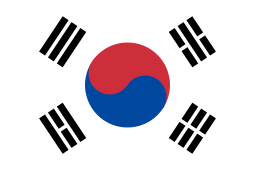 KR
KR